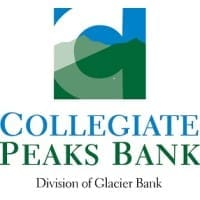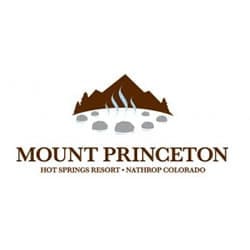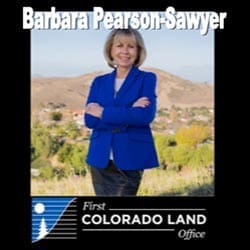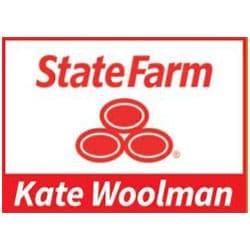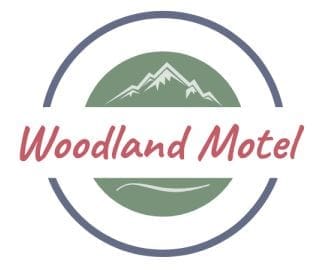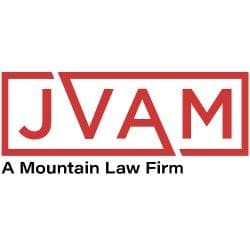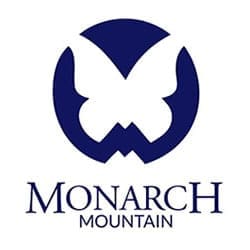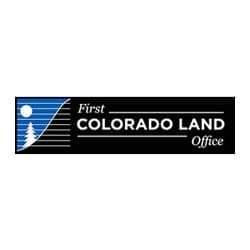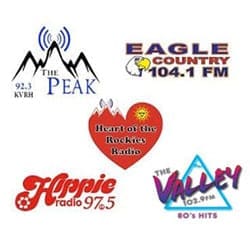Pueblo, Colo., Oct. 1, 2024 — The Pike-San Isabel National Forests & Cimarron and Comanche National Grasslands plans to conduct prescribed pile burning on National Forest System lands on all ranger districts beginning November 2024 through spring of 2025, as conditions allow. Prescribed burning of slash piles on the administrative unit will take place at the following locations:
South Platte Ranger District
- Deer Creek – south of Saddlestring Road, north and east of Forest Service Road 105 (Park County).
- Harris Park – north of County Roads 43 & 47 and adjacent to Harris Park, Elk Creek Highlands and Forest Ridge communities (Park County).
- Hatch – east of County Road 67 along the South Platte River corridor (Douglas County).
- Miller Gulch – at the junction of County Road 70 and Forest Service Road 553 near the Miller Gulch Trailhead (Jefferson County).
- Payne Gulch – south of the town of Bailey along County Road 64 (Park County).
- Rock Creek – along County Road 68, 3 miles southeast of the town of Bailey (Park County).
Pikes Peak Ranger District
- West Schubarth – northside of Rampart Reservoir (El Paso County).
- North Divide – north of State Highway 67 and northeast of the town of Divide approximately 2 miles west of Woodland Park (Teller County).
- Forest Road 331– 2 miles southwest of Crystal Reservoir (El Paso County).
South Park Ranger District
- Cannonball – 3 miles northwest of Lake George (Park County).
- Warm Springs – 5 miles southwest of Fairplay (Park County).
- Praise Mountain – approximately 2 miles to 7 miles southwest of Lake George along Park County Roads 61, 98 and 403 (Park County).
- Pulver-Gun Barrel – approximately 5 miles northwest of Lake George towards Wilkerson Pass along U.S. Highway 24 and County Road 90 corridors (Park County).
Salida Ranger District
- Cleveland Mountain Piles – between County Road 210 and U.S. Highway 285 (Chaffee County).
Leadville Ranger District
- Railroad Bridge Piles – between County Road 371 and County Road 375 (Chaffee County).
San Carlos Ranger District
- Black Mountain – 11 miles north of Gardner (Huerfano County).
- Cuchara – near State Highway 12, from Cuchara Pass north to Cuchara (Huerfano County).
- Greenhorn – along the crest of the Wet Mountains, near Forest Service Roads 401 & 369 (Custer County).
- 12-Mile – along State Highway 78, 2 miles north of San Isabel (Custer County).
Comanche National Grassland
- Carrizo Work Center – County Road 19 and U.S. Highway 160 (Baca County).
- Sand Canyon – County Road 13 and Forest Service Road 2368, 1 mile north of Oklahoma state line (Baca County).
- Purgatoire River – 3 miles south of Picket Wire Corrals (Las Animas County).
Cimarron National Grassland
- Tunnerville Work Center – State Highway 27, 3 miles north of Elkhart, Kansas (Morton County).
- Cimarron Rec Area – 14 miles north-northwest of Wilburton, Kansas (Morton County).
- Turkey Trail – 10 miles north of Elkhart, Kansas (Morton County).
- Cimarron River Campground – 8 miles north of Elkhart, Kansas (Morton County).
Slash piles consist of small trees, treetops and limbs that were cut and piled during hazardous fuel management projects or other vegetation management projects. Ignitions will occur only when weather and fuel conditions meet established parameters and when smoke impacts can be managed within state requirements. Ignition operations may continue for several days or weeks depending on the number of piles being burned. Fire personnel will monitor the burns until the fires are completely out.
The goals of prescribed fire projects are to reduce the accumulation of hazardous fuels and to restore and maintain healthy and diverse forest ecosystems and wildlife habitat. Prescribed fire is an important tool to lessen the risk of wildfire across the landscape and can help prevent high severity wildfires by reducing buildup. Prescribed fire creates less of a smoke impact than wildfire and can help reduce the occurrence of wildfire-related smoke in the treated areas. Once the prescribed fire begins, smoke may be present for several days or weeks in the general project area. Prescribed fire smoke may affect people’s health. For more information, visit https://cdphe.colorado.gov/wood-smoke-and-your-health.
Follow @PSICC_NF on X and Facebook for up-to-date information on active prescribed fire projects. For more fire resources, please visit https://www.fs.usda.gov/detail/psicc/fire/?cid=fseprd667411.







